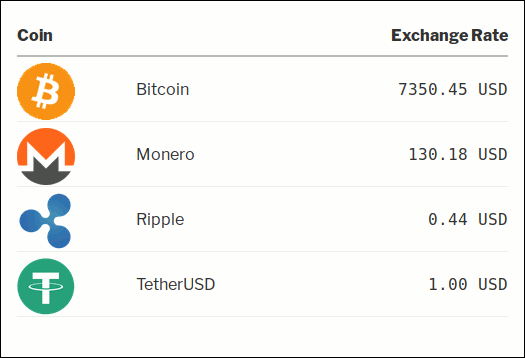

In my own defence there has been a lot of life, and another novel, in the interim.Ĩ) What other books would you compare this story to within your genre? Now that I’ve found out the next Dan Brown is on Dante they’ll be knocking my door down, right?ħ) How long did it take you to write the first draft?Įr. His looks don’t hurt either.ĥ) What is the one-sentence synopsis of your book?Ī woman whose hands tell her secrets, her obsession with a medieval painter, and the hunt to find him.Ħ) Will your book be self-published or represented by an agency?Īn agency is my preference. The modern-day protagonist (the book has a split timeframe) Pan needs to be sweet enough to attract trouble but also bookish – Abbie Cornish seems perfect.Ĭimabue I can only see as one actor – leonine, capable of great quietude but with a chef’s temper. I don’t know about filmability, though The English Patient used the frescoes by Piero that I managed to miss seeing at Arezzo in 1997 to swoon-worthy effect.
#PELLUCID DASHED WORDPRESS THEME MOVIE#
Literary historical fiction with a dash of meta.Ĥ) What actors would you choose to play the part of your characters in a movie rendition? And then I had to find a way to write about painting that wasn’t about seeing but experience. I considered what kind of a man Cimabue might have been, and where he would have come from. Cimabue painted a long time before the rockstars of the Renaissance – the concept of the individual was barely nascent in his age. So that led me to ask the questions how and why – what would make a painter step away from his taught traditions, when no one ever had before? And how could he and did he develop a new method of putting paint on, and more mysteriously, seeing? Painters were about as innovative as bookbinders, and painting was considered a grunt craft, very lowly. I discovered later that Francis Bacon admired Cimabue and you can see why – the expressiveness of his work was completely new. A gruesome, dead body hung there, flesh hanging away from the bones of his face. The crucifix in question was grimy and poorly lit (since restored) but it was poppingly different to everything else of its era. He’s a bit of a phantom – his surviving works are few and mostly wrecked. In a little church down the street I was completely blown away by a work by a medieval artist I had only vaguely heard of, named Cimabue. I took a pain-in-the-arse journey in the freezing cold in 1997 to see the cycle of St Helen by Piero della Francesca and discovered why you should never travel Italy in winter. Before artists wanted to paint people they painted the divine, and that meant MAJOR bling. The title is a reference to the medieval painter’s understanding of optics and the multiplication of light from a gilded object. This is not quite splendor in the modern sense (nor an 80s sugar substitute, though that always pops into my head) – it’s more than magnificence. It’s a good tea-towel so I’m not going to stop using it, but I don’t talk about it much.ġ) What is the working title of your current/next book? Working on Splendor is like looking at a Mona Lisa tea-towel I’ve been washing up with through fifteen years of share houses.

The brag of “the next big thing” is that I gets to tell you what I’m working on, all bright and shiny and new.

Meme was pretty hip as a term then for the viral spread of cool_shit. The Oughties seem as long ago as the Nineties, in some ways. Daggy words like hypertext, interactive and digerati come to mind, though I still think Linda Carroli‘s pretty rad. Yes, there was a time when we thought cd-rom was going to be the new standard for digital writing. That’s a word that takes me back to the days of Dreamweaver (I was never hardcore enough to handcode) and learning Director.

Freelance writer, editor and soon-to-be-published novelist Kirsten Krauth recently tagged me for the “next big thing” meme that has been doing the rounds of Australian literary blog-types.Īh.


 0 kommentar(er)
0 kommentar(er)
